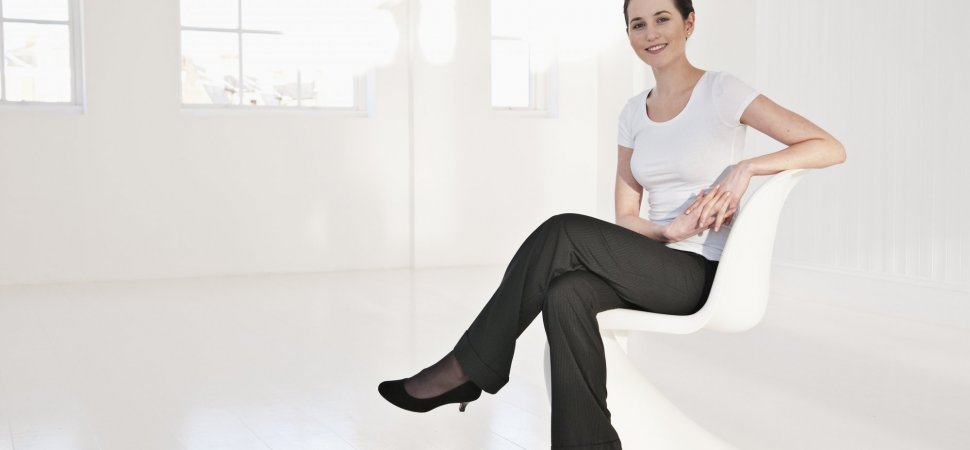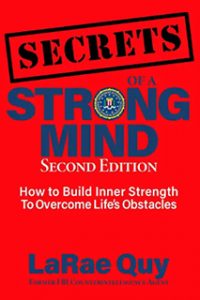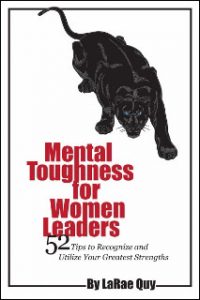Wouldn’t it be great if we could tell if someone was lying to us?
Research shows that within five minutes of meeting someone, we can often evaluate them with 70 percent accuracy. Although that seems effective, the remaining 30 percent can be costly.
Entrepreneurs and leaders need to be game-ready when they approach a prospective client, walk into a board meeting, or chat with co-workers. If they know how to read people they will notice when inconsistencies arise so they can get insight into what is really going on.
To be a successful undercover FBI agent, I had to learn how to read people within minutes—and failing to accurately evaluate the person in front of me could jeopardize an entire assignment.
Detecting lies is hard work, and there is no single magic indicator, but here are two things you should know:
- Accurately reading body language is important if you want to avoid being scammed or deceived. Approximately 55% of what we convey when we speak comes from body language.
- Conversations are a string of words and gestures put together to create meaning. One word or gesture, by itself, can mean many things, or nothing. It’s only when we put them together that they have meaning. Nonverbal gestures come in clusters so it’s important to observe a person’s initial cluster of gestures to establish a norm.
It’s a serious error to interpret a solitary gesture. Scratching the head can mean confusion or it could indicate a serious case of dandruff. Many people punctuate with constant gestures and movement while others are relatively still. They key is to notice how these gestures change during a conversation.
Here are 3 areas to pay particular attention to if you want to read people like an FBI agent:
1. Hands Are A Gold Mine
There are more nerve connections between the hands and the brain than between any other parts of the body.
Our brain is hardwired to engage our hands to accurately communicate our emotions, thoughts, and feelings.
TIPS on how to read people:
- Hand steepling (placing the tips of your fingers together similar to praying) indicates that you are confident of your thoughts or situation.
- Clenching hands is a universal way of showing stress or concern.
- Stroking the neck with one finger is a sign of less than normal confidence and is a subconscious way of relieving stress (the common number of strokes with a single finger is 5).
2. Always Believe The Feet
As unglamorous as it sounds, feet are the most honest part of the body. Children and adults alike bounce up and down when they see someone, or something, that makes them happy.
I once met with an individual whom I suspected had contact with a Russian spy. Initially, his answers were forthcoming and his body language was relaxed. However, when I moved the conversation toward the Russian spy, he uncrossed his legs and sat with his feet flat on floor with ankles locked. Again, this didn’t mean he was lying, but it did indicate he became stressed at the point in the conversation when we started talking about the Russian.
In general, when in a negotiation or intense conversation, pay attention to crossed legs. Researchers have found that contract settlements increased greatly when both negotiators uncross their legs.
TIPS on how to read people:
- Jiggling of a leg once seated indicates that the person is uncomfortable or stressed with something that was said.
- Note: Some people always jiggle their leg, so notice when they start kicking—they are being asked something they don’t like.
- Locking ankles, one over the other, indicates the individual is mentally “biting their lip” and holding back a negative emotion, uncertainty, or fear.
- Note: In ankle locks, men tend to open their legs in a crotch display while women tend to hold their knees together
- Pointing feet toward the door or elevator is a sign they are looking for a way to end the conversation. Many times the body will be angled in the direction of the feet even though the person has turned their face toward us.
3. Be Wary Of Facial Expressions
A lot has been written about reading facial micro-expressions, and while they can be accurate, they can also be very deceiving.
I never relied on interpretation micro-expressions when working undercover to accurately assess what a person was thinking or saying. From our childhood we are told to “wipe that look off your face” and so we learn at a very early age to control our expressions.
TIPS on how to read people:
- Covering our mouth as children indicated we were being deceitful, but when adults are being deceitful, the hand is placed on the face in a nose-touch gesture. It can also mean they are being very careful in how they word their next response.
- Raising eyebrows is a sign that we are excited to see someone or are full of positive emotions we can’t hold back.
- Tilting our head is a powerful way of saying I am comfortable, receptive, and friendly. It’s very hard to do if we are around people we don’t like.
- Hand touching, face touching, crossing arms, and leaning away are all clues that, by themselves, mean nothing, but together they are a highly accurate signal of deceit.
This article first appeared on Success.com.
© 2016 LaRaeQuy. All rights reserved.
You can follow me on Twitter, Facebook, Instagram, AND LinkedIn
Are you mentally tough? Here is my FREE Mental Toughness Assessment
Get my new book, “Secrets of a Strong Mind (second edition): How To Build Inner Strength To Overcome Life’s Obstacles”
Author of “Mental Toughness for Women Leaders: 52 Tips To Recognize and Utilize Your Greatest Strengths”






Really helpful. I wonder what are my unconscious tells. I do tend to read people quickly but this will help me give a second look before making a judgement that sticks.
Thanks, LaRae!
Alli
So fascinating LaRae!
I once attended a program of a face reader who shared some of his insights about the eyes and mouth expressions. He told us that if there is a lot of white below the eyes the person may be scared or in trouble. Body language helps all of us see beyond what we hear. When we tune into our own body language we can come across more effectively and confidently.
Thanks for some great tips!
I’m not on twitter anymore, but I read this article and thought of you, so I wanted to pass it on. I’m sure you already know all about, but just in case.
Thank you, ma’am, for all your good, hard work.
I wanted to say too, that I helped my grandfather and grandmother work their dairy farm, growing up in Texas. I know that you grew up working a ranch and I’ve found that people that grew up as a farmer/rancher seem to always have a great work ethic, a get-it-done mindset, like you. My family is a matriarchal family. My grandmother’s were the backbones of our families. If either of them told me to do something, I was expected to drop whatever I was doing, hop to it and get it done. If I ever tried to give an excuse, I’d get their version of the Florence Nightingale quote, “mister, I don’t take or give any excuses” “so get at it and do what you’re told”. And of course I said yes ma’am and did.
I’m a licensed aircraft line mechanic for an airline and I’d bet that if you were one too, you’d be great at it. And, if you were a manager, I’d love to work for you.
Anyway, thanks again and here’s the article…
Seven Tricks For Reading Body Language Like A Pro…
http://www.forbes.com/sites/travisbradberry/2016/12/28/seven-tricks-for-reading-body-language-like-a-pro/#6968924e1d25
Dave